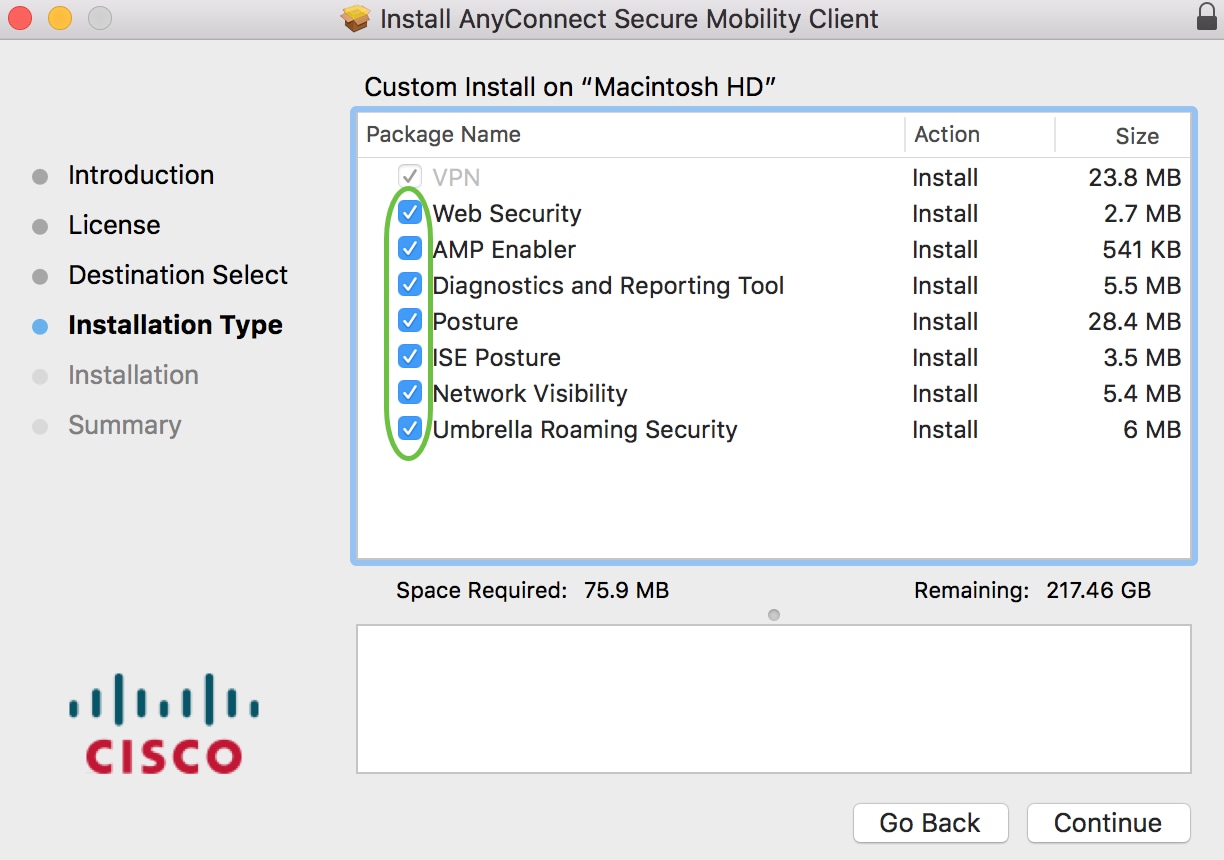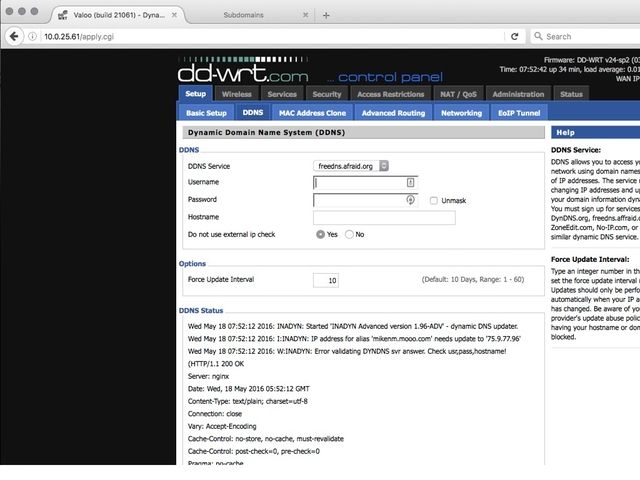

This router will have the role of "node". Basically we're telling "If you want to access any host on the 192.168.1.x subnet please forward your packet trough the router at the IP address "192.168.1.1". Now we tell the router that there is another network on the other side of the WAN. Hostname in this example will be set to "".Set Router Name and Host Name to "dd-wrt-02".NOTE: This will force all PPTP clients to use encryption.


*/mppe required,stateless/' /tmp/pptpd/options.pptpd" but routing packets trough a WAN interface without being encrypted is stupid. If you've got a more complex design with three routers (A, B and C) traffic from B to C will always pass trough router A. This router will have the role of "concentrator" meaning that every router that wants to be part of our bridge should connect to it. Basically we're telling "If you want to access any host on the 192.168.2.x subnet please forward your packet trough the router at the IP address "192.168.2.1". Change Username, Password and Hostname to your personal account information.Now lets make your dynamic IP address always reachable trough a hostname. Set Router Name and Host Name to "dd-wrt-01".DD-WRT v24-sp2 (10/10/09) std-nokaid (instructions below are not for v24-sp2 firmware)ĭd-wrt-01 This step will configure the basic information for the local network.Feel free to add your version to the following list: Tested Versions This article should work with any supported DD-WRT version. I assume you've got your WAN already up, if you need a different setup please feel free to change whatever you need.I'll use a account in the article's examples. If your ISP do not provide you a fixed IP address, you should now create a dynamic DNS account from any DD-WRT supported provider.To turn this HOWTO simple I'll use only two DD-WRT routers but theoretically you can further extend the setup to any number of routers. Introduction This setup will bridge DD-WRT routers, allowing any host connected to the network to be visible from the WAN cloud.


 0 kommentar(er)
0 kommentar(er)
